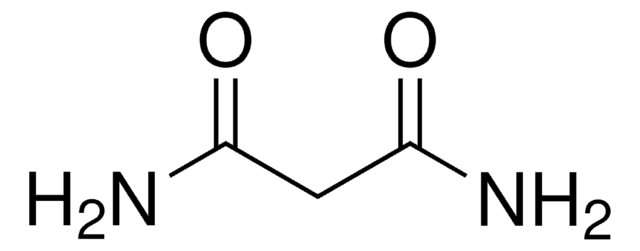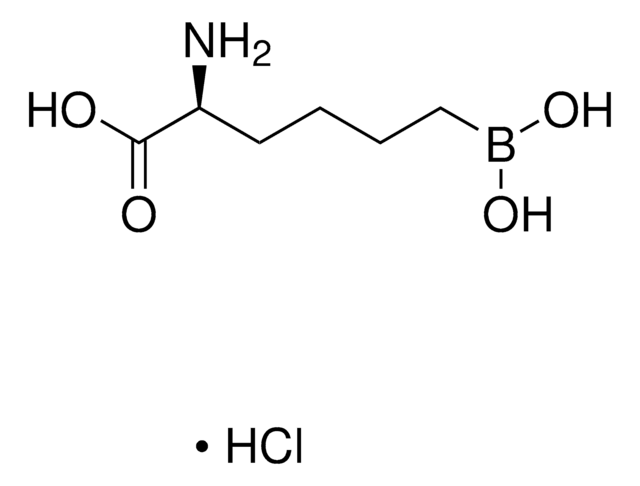D3648
Diamide
Sinónimos:
1,1′-Azobis(N,N-dimethylformamide), N,N,N′,N′-Tetramethylazodicarboxamide, Azodicarboxylic acid bis(dimethylamide), Diazenedicarboxylic acid bis(N,N-dimethylamide), TMAD
About This Item
Productos recomendados
Análisis
≥98% (TLC)
Nivel de calidad
formulario
powder
mp
113-115 °C
solubilidad
water: 19.60-21.00 mg/mL, clear to slightly hazy, orange
temp. de almacenamiento
−20°C
cadena SMILES
CN(C)C(=O)\N=N\C(=O)N(C)C
InChI
1S/C6H12N4O2/c1-9(2)5(11)7-8-6(12)10(3)4/h1-4H3/b8-7+
Clave InChI
VLSDXINSOMDCBK-BQYQJAHWSA-N
¿Está buscando productos similares? Visita Guía de comparación de productos
Aplicación
Código de clase de almacenamiento
11 - Combustible Solids
Clase de riesgo para el agua (WGK)
WGK 3
Punto de inflamabilidad (°F)
Not applicable
Punto de inflamabilidad (°C)
Not applicable
Equipo de protección personal
Eyeshields, Gloves, type N95 (US)
Certificados de análisis (COA)
Busque Certificados de análisis (COA) introduciendo el número de lote del producto. Los números de lote se encuentran en la etiqueta del producto después de las palabras «Lot» o «Batch»
¿Ya tiene este producto?
Encuentre la documentación para los productos que ha comprado recientemente en la Biblioteca de documentos.
Los clientes también vieron
Nuestro equipo de científicos tiene experiencia en todas las áreas de investigación: Ciencias de la vida, Ciencia de los materiales, Síntesis química, Cromatografía, Analítica y muchas otras.
Póngase en contacto con el Servicio técnico










